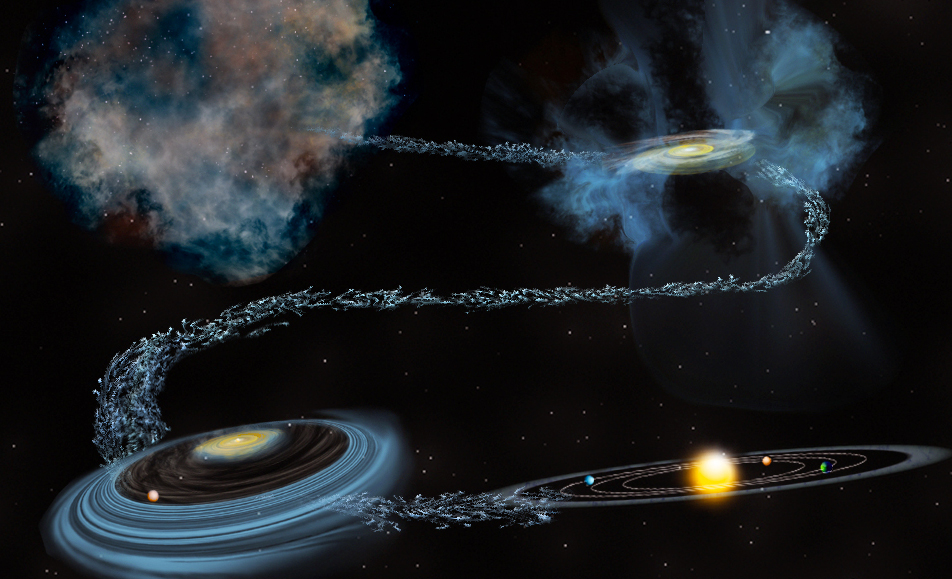Recently, two discoveries have been announced that lend a lot of credence to theories about life existing outside of our solar system and the abundance of the building blocks of life in places besides earth. The first discovery, which was published in the journal Science this month, discusses how their analysis of water on earth determined that between 30-50% of the water on earth predates the sun. Previous theories assumed that water was generated on earth from it’s component parts, but by focusing on a ratio of hydrogen to deuterium (a molecule found more in water that comes from interstellar space), they were able to come up with a better estimate. If ice is prevalent throughout interstellar space, it means that any life that needs it to survive (or to come into existence) could have access to it, and since all life we know of needs water, it makes it a lot more likely that life exists elsewhere.

When you take this water discovery with another recent discovery published in the same issue of Science, that complex organic molecules were found in interstellar space, it looks like the building blocks of life are all over. Scientists recently detected iso-propyl cyanide in a star-forming cloud 27,000 light-years away from earth. The structure of iso-propyl cyanide contains a branched carbon backbone, which is an indicator of complexity and very similar to the structure of amino acids, which are crucial to life. We are just now building the technology to be able to see these types of molecules. For example, this discovery was made with a telescope called the Atacama Large Millimeter Array (ALMA), which is not even at full capacity yet. The evidence so far seems to suggest that the better our tools get at detecting, the more we are to find what has always been there: that the building blocks of life are all around us.

